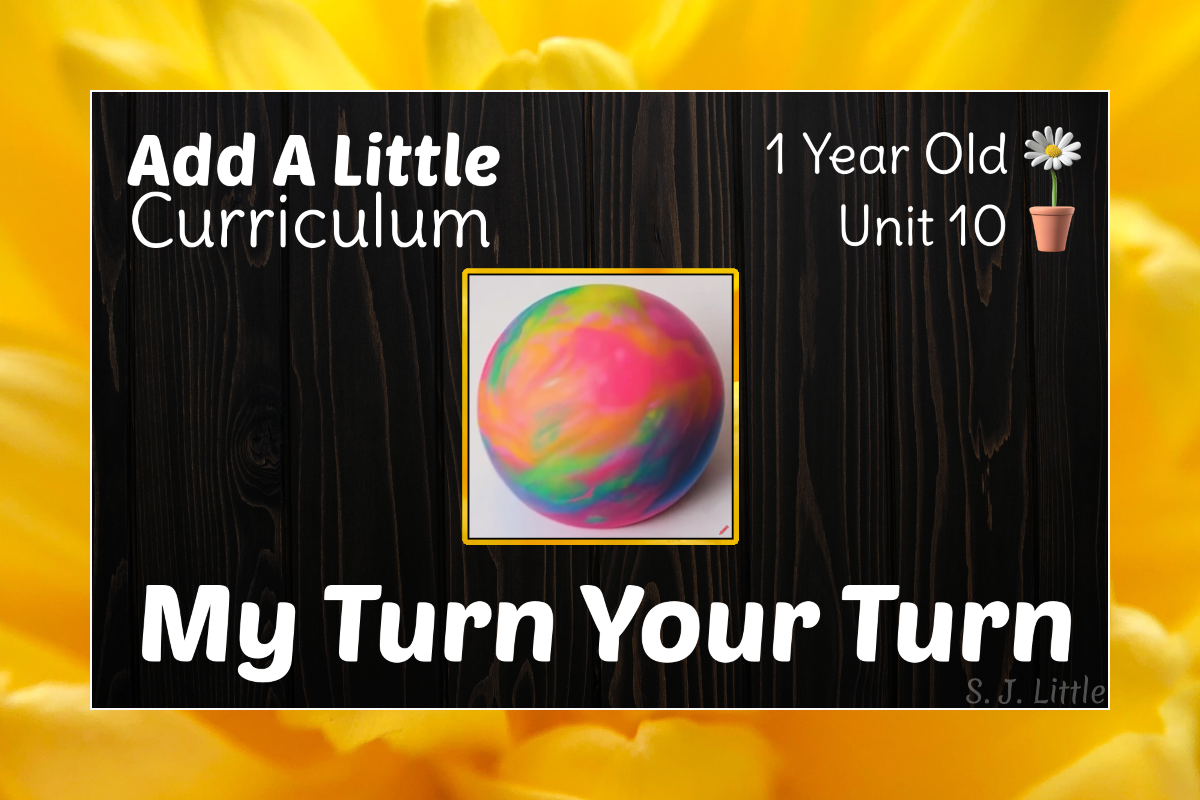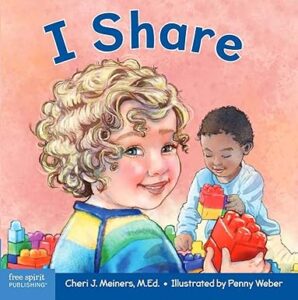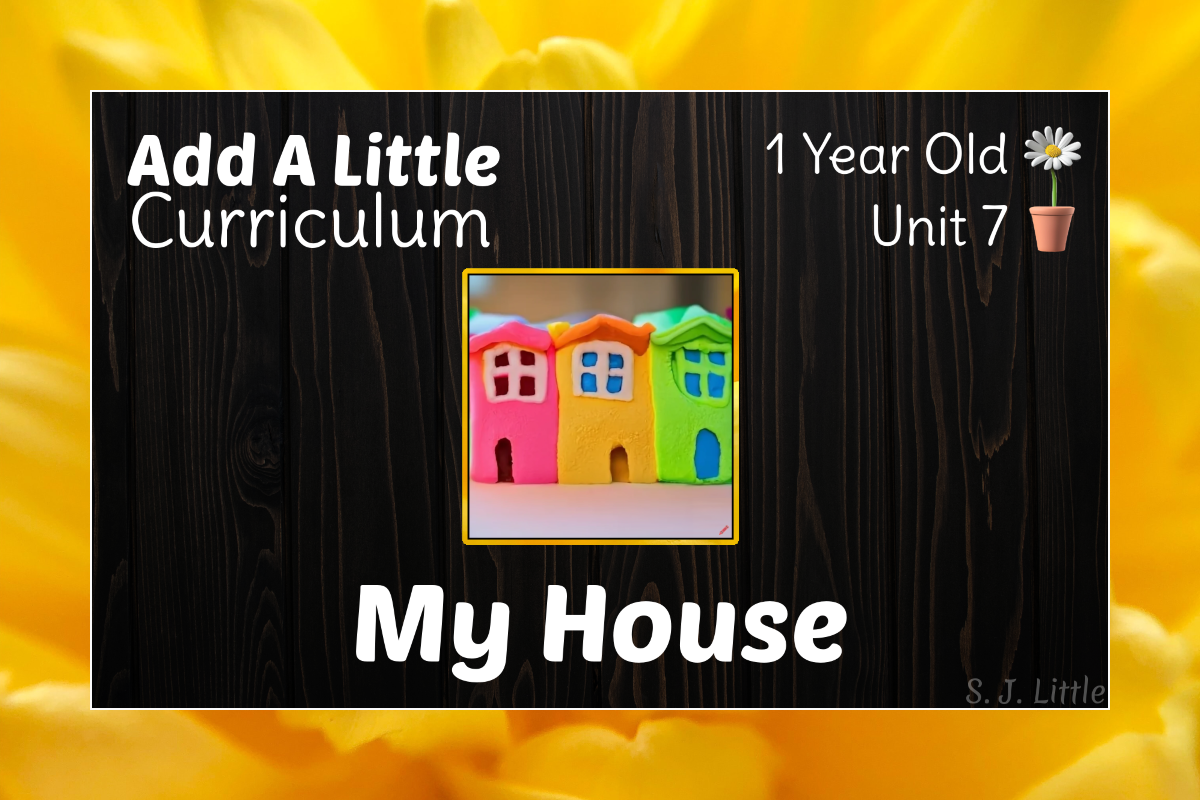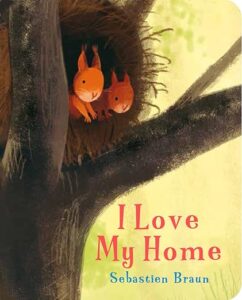
Add A Little – 1 Year Old Curriculum – Unit 10
My Turn, Your Turn
Vocabulary: Catch, Roll, Pass, Turn
Disclaimer: All activities require adult supervision and discretion. Read more…
Want to learn more about Add A Little Curriculum? Check out the Parent / Teacher Guide
Let’s Wiggle
Can’t Catch Me
Prep:
- Clear your area of obstacles to enable safe running around.
Time to Play:
- Tell your child that you are going to play the “Catch Me” game. Encourage them to run away while you run to catch them.
- Based on your child’s interest level, run and catch them several times.
- Then change things up. Explain that you are going to run away and it is their turn to catch you. Be sure not to run away too fast.
- Play several rounds of them catching you.
- For older children, once your child has caught the hang of both ways to play, consider taking turns back and forth: “First you run away, then it is my turn to run away.”
Let’s Explore
Roll the Ball
Supplies:
- 1 medium-large light ball per two or three people
- Alternatively consider using a bean bag or a toy car that rolls well
Prep:
- Clear an area to sit on the floor facing each other with no obstacles in between.
Time to Play:
- Have both you and your child sit on the floor facing each other. Sit with your legs straight in front of you spread into a “V” shape. To begin with, sit with your feet nearly touching your child’s feet.
- Explain to your child that you are going to pass the ball to each other.
- Gently roll the ball to your child. Encourage them to catch it.
- Encourage your child to roll the ball back to you.
- Continue rolling the ball back and forth from one person to the other.
- For added challenge, increase the distance between you or consider bouncing the ball to each other.
- This game is suited for older 1 year olds. Remember that sharing and passing are new skills for your child so laugh and make this a fun game even if your child is reluctant to pass the ball back. If it just doesn’t work, consider playing again in a few weeks.
- In a classroom setting, pair two children per ball and encourage them to pass to each other.
Let’s Sing
Row Row Row Your Boat
This can be a great partner song. Sit cross-legged facing your child. Hold hands. “Row” your boat by leaning backward and forward together. Consider singing the song again faster.
Let’s Read

I Share
Author: Cheri J Meiners
Illustrator: Penny Weber








